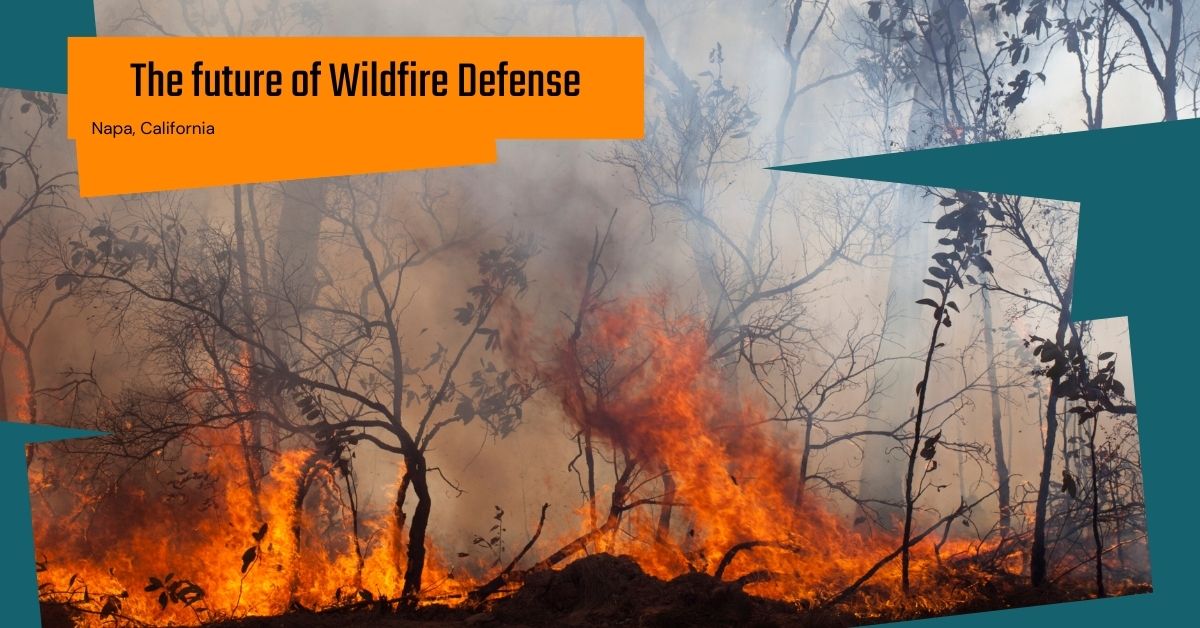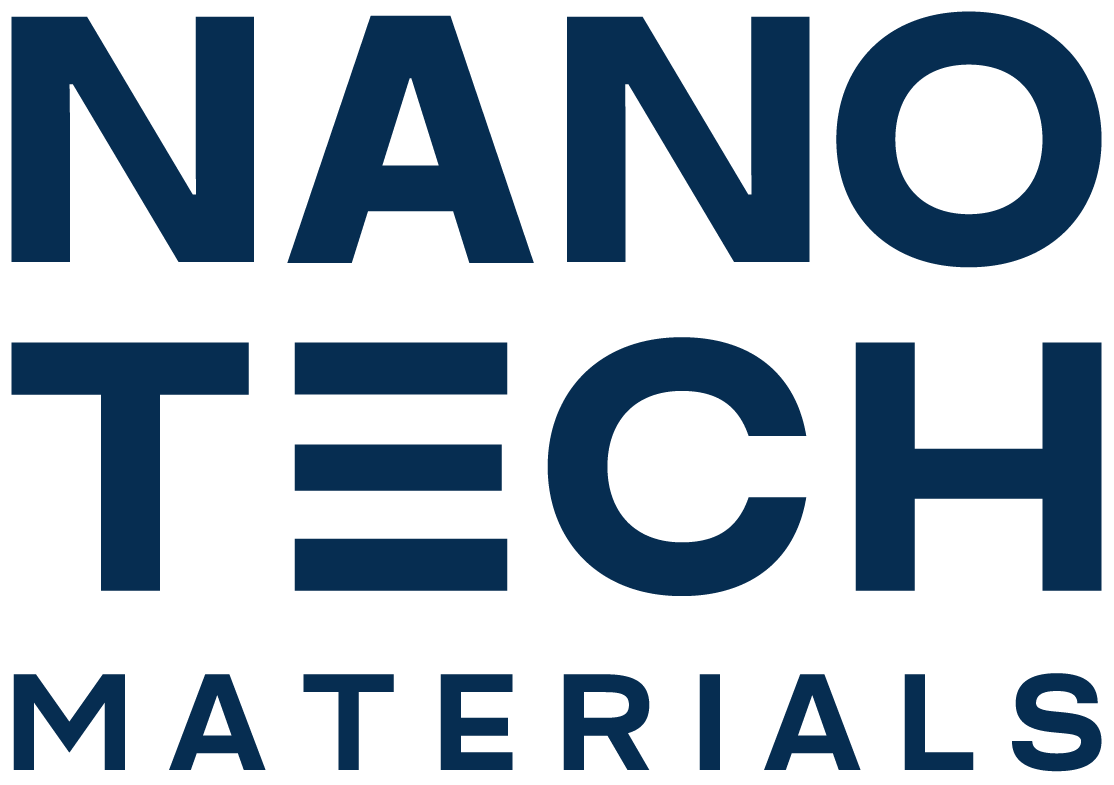Introduction
The evolution of building materials technology has led to an innovative integration of three critical properties in roof coatings: emissivity, reflectivity, and low thermal conductivity. This amalgamation presents a revolutionary approach to building energy efficiency.
Deep Dive into Emissivity in Roof Coatings
Emissivity is the ability of a material to emit absorbed heat. High-emissivity roof coatings release absorbed solar energy, mitigating heat build-up, and decreasing cooling demands. A study by Akbari and Konopacki highlights the impact of roof albedo and emissivity on both heating and cooling energy use, emphasizing that emissivity can significantly affect energy consumption in various climates【42†source】.
The Science Behind Emissivity
At the molecular level, emissivity is influenced by the material’s surface properties. A high-emissive surface, when heated by solar absorption, can more effectively radiate the heat away, unlike low-emissive materials that trap heat. This process is particularly vital in urban settings, where the heat island effect can exacerbate local temperatures.
Emissivity in Different Climates
In warmer climates, high emissivity contributes to cooler roof surfaces, thereby reducing the load on air conditioning systems. Conversely, in colder climates, high emissivity might slightly increase heating requirements. However, the overall energy balance typically favors high emissivity due to its cooling benefits in summer.
Reflectivity: A Key Player in Roof Coatings
Reflectivity, or the roof’s ability to reflect sunlight, directly influences a building’s thermal performance. Highly reflective roofs can deflect a significant portion of solar radiation, reducing heat absorption and enhancing indoor comfort.
Measuring Reflectivity
The albedo effect, or the measure of reflectivity, is critical in assessing a roof coating’s performance. Studies by Levinson et al. have shown methods to evaluate the reflectivity of roofing materials, demonstrating its crucial role in energy savings【46†source】.
Reflectivity and Urban Heat Islands
Reflective roofs can mitigate the urban heat island effect by decreasing the amount of heat absorbed and re-radiated by building surfaces. This not only reduces the energy load on individual buildings but can also contribute to lower ambient temperatures in densely populated areas.
The Role of Low Thermal Conductivity
Low thermal conductivity in roof coatings impedes heat transfer, maintaining stable interior temperatures and reducing heating and cooling demands. This property is pivotal in energy-efficient roofing, as it contributes to both passive heating in winter and cooling in summer.
Innovative Roof Coatings with Low Thermal Conductivity
Advancements like the temperature-adaptive radiative coating (TARC) showcase the potential of low thermal conductivity coatings. TARC adapts its thermal emittance based on outdoor temperature, optimizing energy savings throughout the year【26†source】.
Thermal Management and Energy Savings
Effective thermal management through low thermal conductivity coatings can lead to significant reductions in a building’s overall energy consumption. By minimizing the heat transfer through the roof, these coatings make heating and cooling systems more efficient and reduce energy bills.
Synergy of Emissivity, Reflectivity, and Low Thermal Conductivity
The combination of high emissivity, high reflectivity, and low thermal conductivity in a single roof coating provides a holistic approach to energy efficiency. This synergy allows for maximum reflection of solar radiation, efficient emission of absorbed heat, and minimal heat transfer, creating a roof coating that is highly effective in diverse climatic conditions.
Case Studies and Real-World Applications
Field tests, such as those assessing cool roof coatings with ceramic particles, provide practical insights into the real-world performance of these integrated properties. These studies confirm the theoretical benefits, showing noticeable improvements in building energy efficiency【46†source】.
Climatic Adaptability
In hot climates, the cooling benefits of these coatings are particularly pronounced, while in colder climates, the balance between heating savings and cooling penalties is generally favorable. This adaptability makes them suitable for a wide range of geographic locations and climate zones.
Future Directions and Challenges
While the potential for energy savings is immense, challenges in cost, material durability, and adaptability to different roofing substrates persist. Future research is directed towards overcoming these challenges, ensuring the long-term performance and applicability of these coatings in various settings.
Conclusion
The integration of emissivity, reflectivity, and low thermal conductivity in roof coatings represents a significant leap forward in building material technology. This combination offers a comprehensive, adaptable solution for enhancing energy efficiency, reducing environmental impact, and promoting sustainable building practices.
References:
1. Akbari, H., & Konopacki, S. (1998). “The impact of reflectivity and emissivity of roofs on building cooling and heating energy use”. Proceedings of Thermal VII: Thermal Performance of the Exterior Envelopes of Buildings VII. Read more.
2. Levinson, R., et al. “Experimental comparison of pyranometer, reflectometer, and spectrophotometer methods for the measurement of roofing product albedo”. Solar Energy. Read more.
3. Duque, T., LBL. (2021). “New Smart-Roof Coating Enables Year-Round Energy Savings”. UC Berkeley Research. Read more.
4. Biswas, K., Miller, W., & Childs, P. “PERFORMANCE EVALUATION OF A SUSTAINABLE AND ENERGY EFFICIENT RE-ROOFING TECHNOLOGY USING FIELD-TEST DATA”. Read more.
5. “Cool Roofing Technologies for Sustainable Buildings”. Frontiers Research Topic. Explore the topic.
FAQ on Roof Coatings: Emissivity, Reflectivity, and Low Thermal Conductivity
1. What is emissivity in roof coatings?
- Emissivity refers to a material’s ability to emit absorbed heat. In roof coatings, higher emissivity means better heat release, reducing cooling requirements.
2. Why is reflectivity important in roof coatings?
- Reflectivity, the ability to reflect sunlight, reduces solar heat gain, lowers surface temperatures, and decreases cooling demands.
3. How does low thermal conductivity contribute to energy efficiency?
- Low thermal conductivity impedes heat transfer, maintaining stable indoor temperatures, and reducing heating and cooling energy needs.
4. Can these roof coatings be used in all climates?
- Yes, these coatings are beneficial in various climates. In hot climates, they reduce cooling demands, while in colder climates, they help retain indoor heat.
5. Are there any environmental benefits to these coatings?
- Yes, by reducing energy consumption, they lower greenhouse gas emissions and help mitigate the urban heat island effect.
6. Do high emissivity and reflectivity affect winter heating needs?
- In colder climates, high emissivity might slightly increase heating needs. However, the overall energy balance typically favors high emissivity due to its cooling benefits in summer.
7. Are these coatings durable and cost-effective?
- Advances are being made to improve durability and cost-effectiveness, though initial costs may be higher than traditional materials.
8. How do these properties interact to improve roof performance?
- The combination of high emissivity, high reflectivity, and low thermal conductivity offers a holistic approach to energy efficiency, enhancing both cooling and heating performance.
9. What are the latest advancements in roof coating technology?
- Innovations like temperature-adaptive radiative coatings (TARC) demonstrate significant advancements, adapting properties based on outdoor temperatures.
10. Where can I find more information about these roof coatings?
- Detailed information can be found in scientific journals, industry reports, and through manufacturers specializing in advanced roofing materials.




